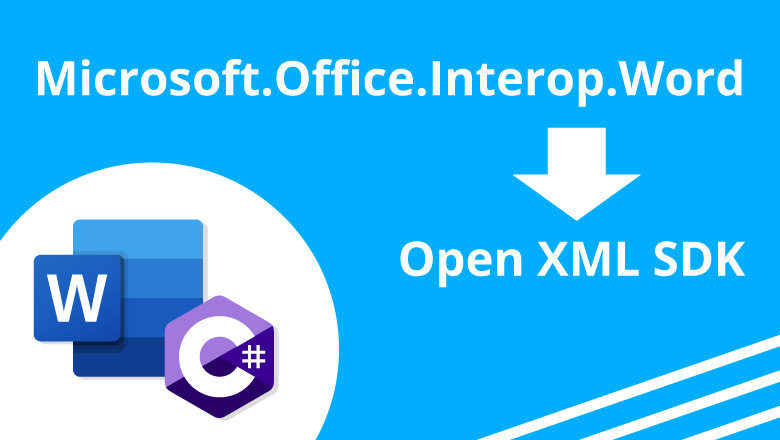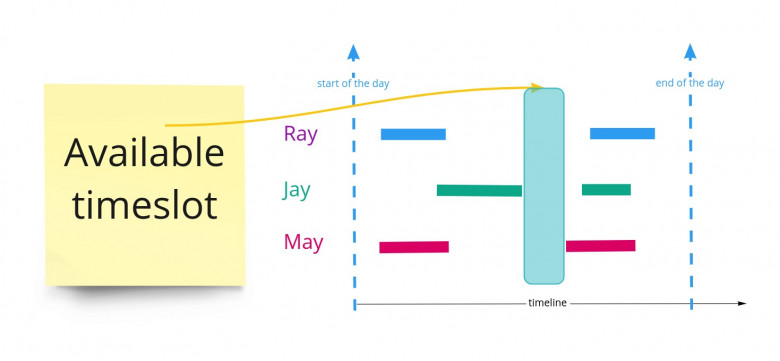OpenAI Codex: A Software Engineering Agent

A few weeks ago, OpenAI announced that Codex is available for Plus users, and I didn’t miss a chance to try it. And today, I’m excited to share a guide to OpenAI’s Codex. As a developer, I’ve found it to be a powerful and practical tool.


















